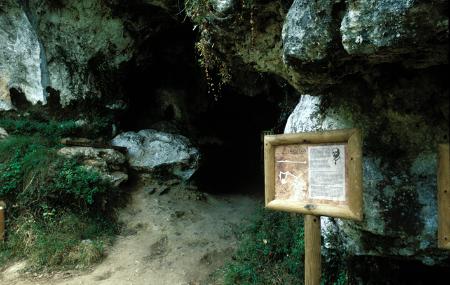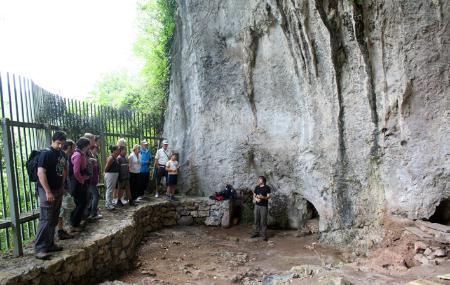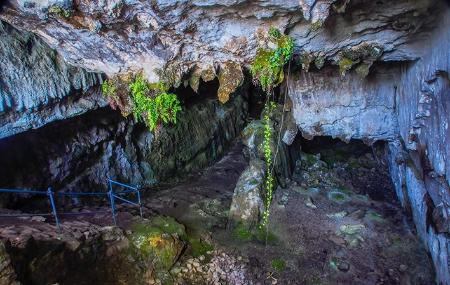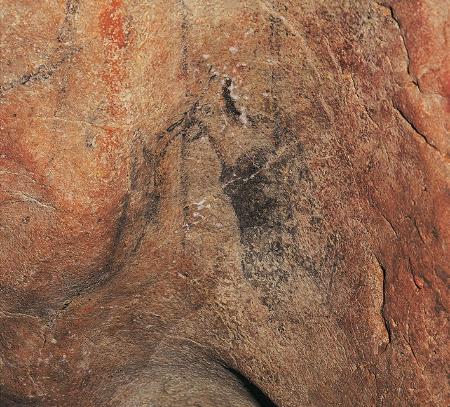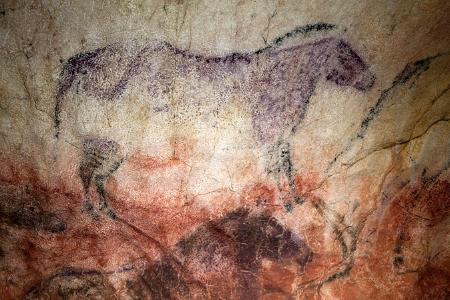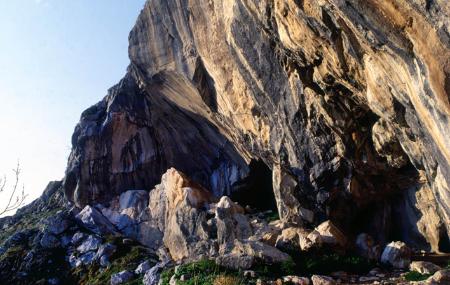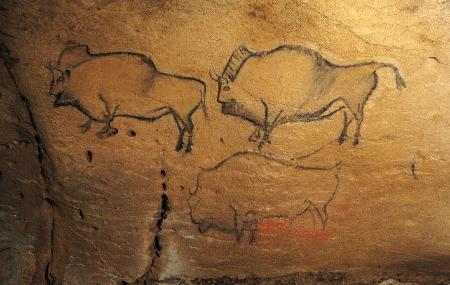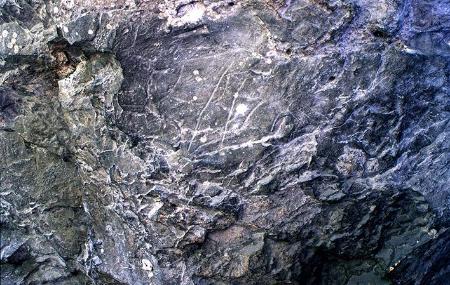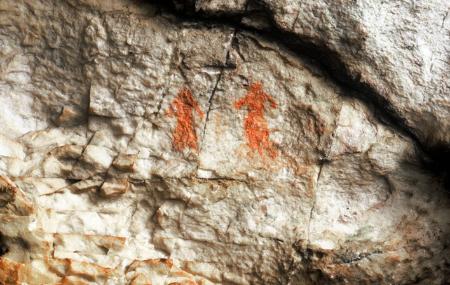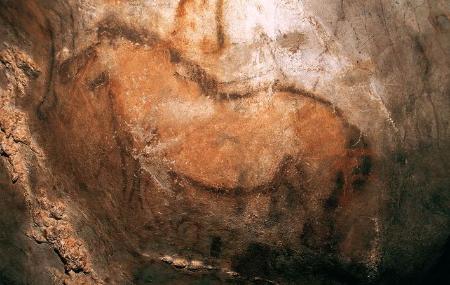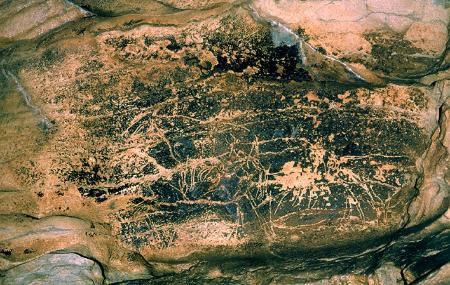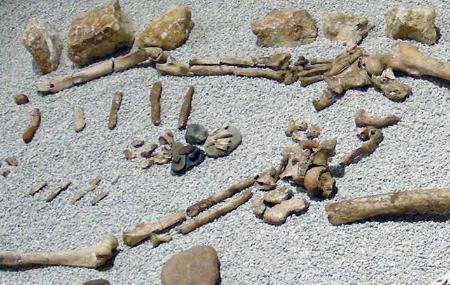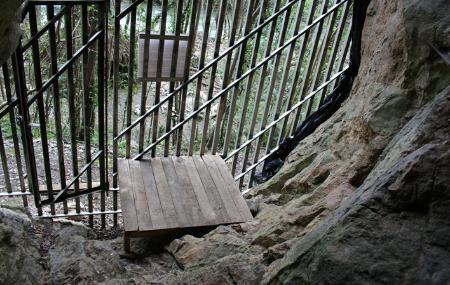Asturias is a privileged place to discover and enjoy cave art, because in the Principality cave paintings, engravings and in general the primitive and extraordinary artistic manifestations of prehistoric times are abundant and well preserved.
/documents/39908/67713/Cueva-del-Pindal.jpg/cb7d5b6f-17b4-8653-aa69-2499891d16d9?t=1720088147584
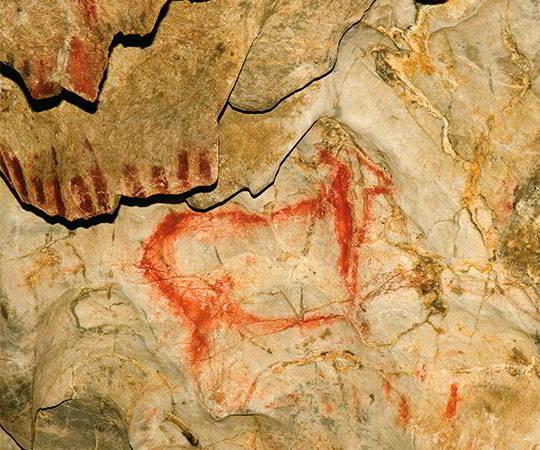
Deer. Main panel of the cave of El Pindal (Ribadedeva).
Cave Art in Asturias is the testimony of primitive spirituality, as well as of the capacity for graphic expression through cave painting or engravings, manifestations that date back in some cases to 35,000 years BC.
Asturias is a true paradise of Rock Art. To date, 15 prehistoric caves and shelters with cave art have been discovered, more than half of which can be visited. Moreover, all these discoveries keep alive lines of research, which are gradually providing key data to know the history and evolution of mankind and its environment.
Of all these caves, five have been declared World Heritage Sites by UNESCO: Tito Bustillo (Ribadesella/Ribeseya), Covaciella (Cabrales), Llonín (Peñamellera Alta), El Pindal (Ribededeva), and La Peña (Candamo). The latter is also the westernmost example of rock art on the entire European continent.
/documents/39908/67713/Cueva-de-la-Pena.jpg/c17c6f1a-0d08-3fb3-0a11-7a710b398c3b?t=1720088667539
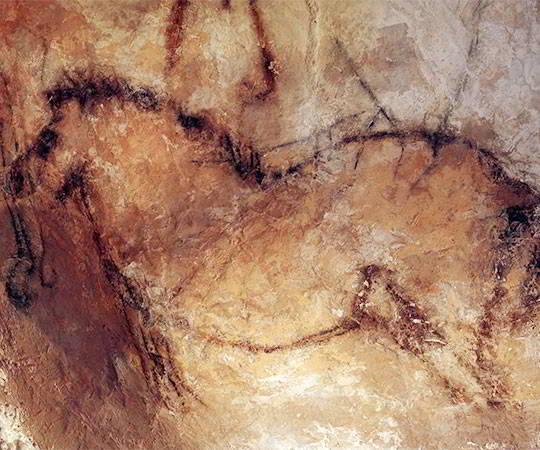
Horse of the Cueva de la Peña (Candamo).
Although some of these caves cannot be visited, Asturias has different museums and interpretation centres to show you all its cave art - both visitable and non-visitable -, explaining all these places of great cultural interest in depth and in a pleasant way.
These facilities are as follows:
Caves and shelters with cave paintings
The caves and shelters are home to fascinating prehistoric cave paintings, artistic and cultural testimonies of our ancestors that have endured through time.

